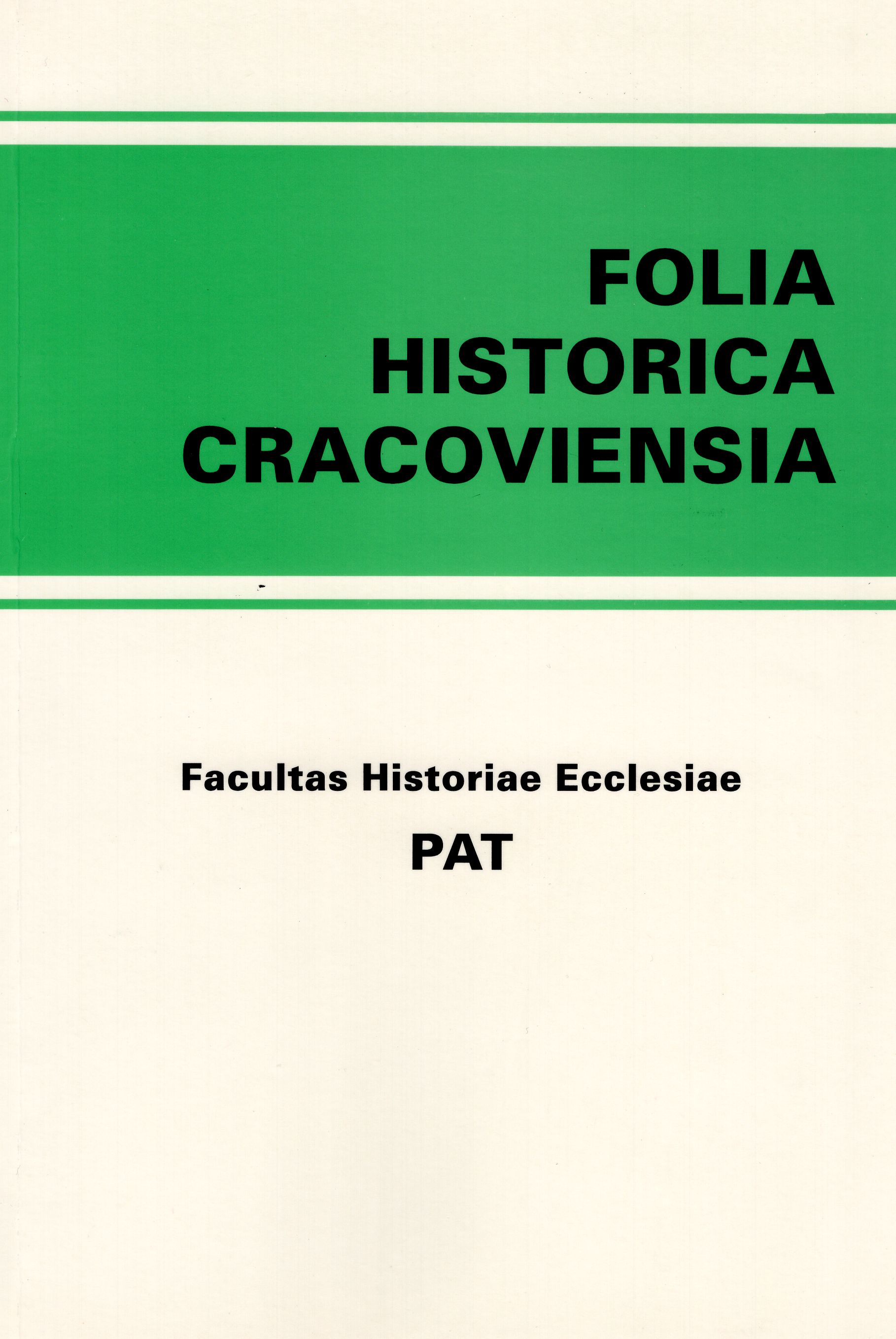Architektura i wystrój eremów kamedulskich w świetle prawodastwa zakonnego
Architecture and interior of Camaldolese hermitages in light of monastic legislature
Author(s): Lucyna RotterSubject(s): History, Fine Arts / Performing Arts, Cultural history, Architecture, Middle Ages, Modern Age, Theology and Religion, History of Religion
Published by: Wydawnictwo Naukowe Uniwersytetu Papieskiego Jana Pawła II w Krakowie
Keywords: architecture; Camaldolese; orders
Summary/Abstract: Niemal od początku swego istnienia kameduli wykształcili pewien zauważalny styl w sztuce, charakterystyczny dla wznoszonych przezeń eremów, w których konkretnym zasadom podlegała nie tylko sama architektura świątyni i klasztoru, ale i wyposażenie wnętrza, malarstwo, rzeźba czy rzemiosło artystyczne. Cechy budownictwa kamedulskiego podkreślające duchowość i tradycję Zakonu Kamedułów dostrzec można we wszystkich eremach wzniesionych na ziemiach polskich. Utrzymanie właściwie jednolitego stylu architektonicznego byłomożliwe nie tylko dzięki rygorystycznym przepisom, ale i żywej tradycji. Nie znaczy to oczywiście, że wszystkie eremy kamedulskie są identyczne. Owszem, posiadają charakterystyczne cechy wyróżniające na przykład poszczególne kościoły, jednak tradycja wznoszenia zespołów klasztornych według „zwyczaju ojców kamedułów”, przetrwał w nich przez kolejne stulecia, dając w nich poczucie ciszy, spokoju i oderwania od wszystkiego co przyziemne. Ten klimat rozmodlenia i kontemplacji Boga, jakie dawało to przedziwne i organiczne wręcz połączenie pustelni i przyrody, jest wyczuwalny nadal nawet w tych kamandolach, w których już od wielu lat nie słychać monotonnie recytowanych psalmów i szelestu kamedulskich habitów. The characteristics of the Camaldolese architecture, which emphasise the spirituality and tradition of the Camaldolese Order, can be seen in all hermitages built in the territory of Poland. Keeping a mostly uniform architectural style was possible not only owing to rigorous regulations but also to the lively tradition. Naturally, this does not mean that all Camaldolese hermitages are identical. They do possess characteristic features distinguishing, for example, individual churches, however, the tradition of erecting monasteries according to the “habit of Camaldolese fathers” survived in them throughout the centuries prod ucing an atmosphere of silence, peace and detachment from everything that is down-to-earth. This atmosphere of prayer and contemplation of God, achieved by this peculiar and nearly organic combination of a hermitage and nature, pervades today even these hermitages, in which the sound of monotonously recited psalms or the rustling of robes can no longer be heard.
Journal: Folia Historica Cracoviensia
- Issue Year: 11/2005
- Issue No: 1
- Page Range: 73-90
- Page Count: 18
- Language: Polish

